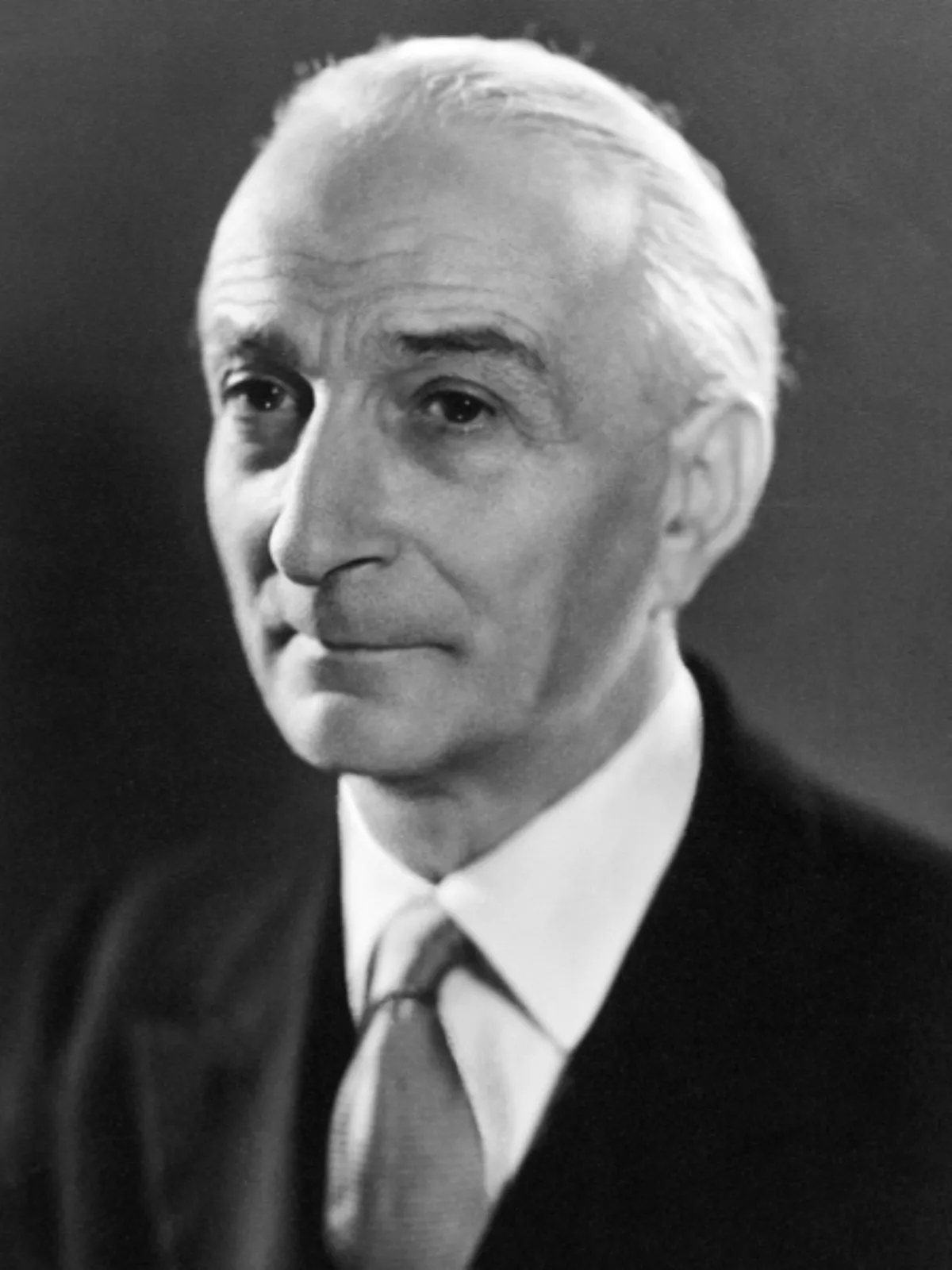 1.
1. Antonio Segni was the first Sardinian to become head of state and government.

 1.
1. Antonio Segni was the first Sardinian to become head of state and government.
Antonio Segni was the second shortest-serving president in the history of the Republic and the first to resign from office, due to illness.
Antonio Segni's father, Celestino Segni, was a lawyer and professor at the University of Sassari, while his mother, Annetta Campus, was a housewife.
Antonio Segni grew up in a well-off family, involved in Sardinian politics; his father served as municipal and provincial councilor for Sassari, as well as deputy mayor during the early 1910s.
Antonio Segni began studying at the University of Sassari, where he would found a section of Azione Cattolica Italiana.
In 1913, Antonio Segni graduated with merit at the University of Sassari, with the thesis Il vadimonium on civil procedure in Roman law.
Antonio Segni completed his studies in Rome with Giuseppe Chiovenda, of which he became the favorite student; in the law firm of the jurist, he met Piero Calamandrei, with whom he built a close friendship that would last a lifetime.
Antonio Segni ran in the 1924 Italian general election for Sardinia's constituency but was not elected.
Antonio Segni remained a member of the PPI until all political organizations were dissolved by Benito Mussolini two years later in 1926.
In 1943, after the fall of Mussolini's Fascist regime, Antonio Segni was one of the founders of Christian Democracy, the heir of the PPI.
Antonio Segni tried to reform agricultural contracts but was strongly opposed by conservatives and by many members of the DC.
Antonio Segni's reform proposed, through forced expropriation, the distribution of land to agricultural labourers, thus making them small entrepreneurs and no longer subject to the large landowner.
Antonio Segni, who was a landowner, ordered the expropriation of most of his own estate in Sardinia.
Antonio Segni became known as a "white Bolshevik" for his agrarian reforms.
In July 1951, after a cabinet reshuffle, Antonio Segni left his office as Minister of Agriculture and was appointed the Italian Minister of Public Education in De Gasperi's seventh government, succeeding Guido Gonella.
Antonio Segni tried to implement the reform step by step but encountered strong resistance, even in the ministries that were supposed to finance these measures.
Antonio Segni proposed to replace the high school exam with an admission test to university, but this was rejected.
In July 1953, Antonio Segni was ousted from office in the newly formed government of Alcide De Gasperi.
In July 1955, Scelba resigned from the office, and Antonio Segni received the task of forming a new cabinet.
Antonio Segni started consultations with parties to explore the possibilities of forming a new coalition government, obtaining the approval of DC, Italian Democratic Socialist Party and Italian Liberal Party, and the external support from the Italian Republican Party.
In March 1957, Antonio Segni signed the Treaty of Rome, which brought about the creation of the European Economic Community, between Belgium, France, Italy, Luxembourg, the Netherlands, and West Germany.
Antonio Segni had always been a strong supporter of European integration; according to him, in a world governed by great powers, European unity was the only possible way to influence the world.
Antonio Segni strengthened relations with West Germany, becoming a close friend of Konrad Adenauer.
The clash between the two leaders was so bitter that Antonio Segni threatened to resign.
In domestic policy, Antonio Segni's government was particularly active in judiciary policies.
In May 1957, the PSDI withdrew its support for the government, and Antonio Segni resigned on 6 May On 20 May, Adone Zoli sworn in as new head of government.
Antonio Segni accepted NATO missile bases for atomic weapons, convinced that they were a necessary tool to ensure the defence of Italy more than a danger that exposed the country to possible reprisals.
Antonio Segni formed a one-party government, which was composed only by DC members, and was externally supported by minor centre-right and right-wing parties, as well as the neo-fascist Italian Social Movement.
Antonio Segni attempted to strengthen Atlantic solidarity and to present Italy as Europe's most reliable ally of the United States.
Antonio Segni tried to represent the reassuring alternative to Fanfani's resourcefulness, advocating for Atlanticism in a season characterized by openings to the left, which was supported by Fanfani.
In March 1960, the PLI withdrew its support to his government and Antonio Segni was forced to resign.
Antonio Segni's election was allowed thanks to the votes of monarchist and neo-fascist representatives.
Antonio Segni's power grew further in the aftermath of the 1963 Italian general election, which was characterized by a loss for the DC due to its new leftist policies.
On 7 August 1964, during a meeting at the Quirinal Palace with Moro and Saragat, Antonio Segni suffered a serious cerebral hemorrhage.
Immediately after his resignation, Antonio Segni was appointed senator for life ex officio.
On 1 December 1972, Antonio Segni died in Rome at the age of 81.
Antonio Segni was the first Italian president to resign from office.
The frail, often ailing Antonio Segni, was affectionately called il malato di ferro, which literally means "the iron invalid".
Journalists Giorgio Galli and Indro Montanelli believed that Antonio Segni did not really want to carry out a coup d'etat, but that he wanted to use the plan like a threat for political purposes.